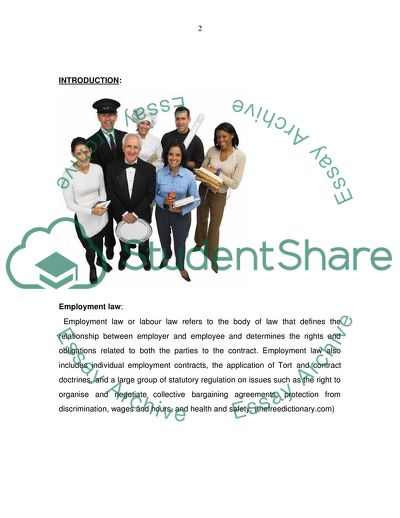Cite this document
(Family Friendly Policies in Keeping with the Law Coursework, n.d.)
Family Friendly Policies in Keeping with the Law Coursework. Retrieved from https://studentshare.org/law/1723664-employment-law-family-friendly-policies-in-keeping-with-the-law
Family Friendly Policies in Keeping with the Law Coursework. Retrieved from https://studentshare.org/law/1723664-employment-law-family-friendly-policies-in-keeping-with-the-law
(Family Friendly Policies in Keeping With the Law Coursework)
Family Friendly Policies in Keeping With the Law Coursework. https://studentshare.org/law/1723664-employment-law-family-friendly-policies-in-keeping-with-the-law.
Family Friendly Policies in Keeping With the Law Coursework. https://studentshare.org/law/1723664-employment-law-family-friendly-policies-in-keeping-with-the-law.
“Family Friendly Policies in Keeping With the Law Coursework”. https://studentshare.org/law/1723664-employment-law-family-friendly-policies-in-keeping-with-the-law.


